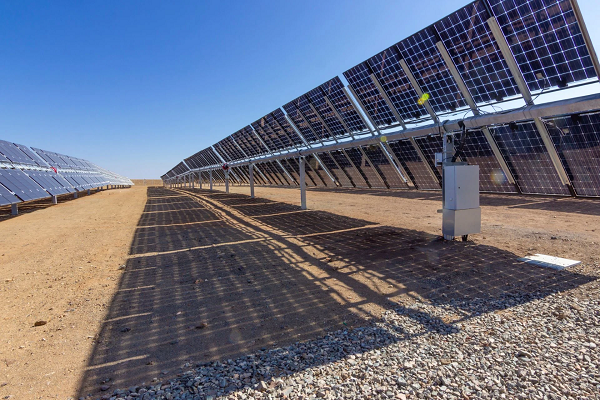Bifacial solar panels make the most sense when it comes to harnessing sunlight to produce pollution-free energy.
The average solar panel relies on energy that comes directly from the sun. But today, another kind of solar panel can actually capture that same energy from sunlight that bounces off the ground, taking in power from both sides, as reported by CNET
Solar manufacturers have revealed that these panels have the capacity to produce an additional 11-23% of energy compared to their monofacial, or single-sided, counterparts
This percentage may not seem significant, but over time, the gain in value is definitely worth it.
However, these bifacial solar panels are not mounted on roofs. Instead, they work best on the ground as they take in sunlight reflected from the surface of the planet.
“Due to the standard installation methods, residential rooftops often do not allow sufficient light to reach the backside of the panels, hence minimizing the additional benefits that bifacial panels can offer,” said Jake Edie, an adjunct professor at the University of Illinois Chicago, CNET reported.
The technology for bifacial solar panels has existed since the Russian space program began using it in the 1970s, but it wasn’t commercially viable until recently when the price of solar energy began to drop, which is exactly what’s happening now.
In fact, the cost of electricity from solar power has fallen by 85% between 2010 and 2020.
The benefits of solar energy are self-explanatory since they do not release planet-warming pollutants into the atmosphere when producing electricity.
This is important since the burning of coal, oil, and gas produces 75% of industrial global air-polluting gases, which poison the atmosphere and heat up the planet, while electricity production for powering industry and private homes heats the planet more than any other sector.
The burning of dirty energy sources for energy, like coal and gas, also has an enormous impact on human health. In 2018, $2.9 trillion was lost due to health and economic costs.
Aside from the environmental- and health-related benefits of a transition to renewable energies, studies have shown that, as Enje Energi put it , “Every $1 of investment in renewables creates three times more jobs than the fossil fuel industry does.”
Regarding the price of bifacial solar panels, they are slightly more expensive than traditional monofacial panels. But the difference is offset in the long run since they produce more energy.
On average, a bifacial panel can cost between 10 and 20 cents more per watt, but the benefits of long-term financial savings, energy efficiency, and pollution reduction may well be worth the short-term investment.
Join our free newsletter for weekly updates on the coolest innovations improving our lives and saving our planet.
Post time: Jul-13-2023

